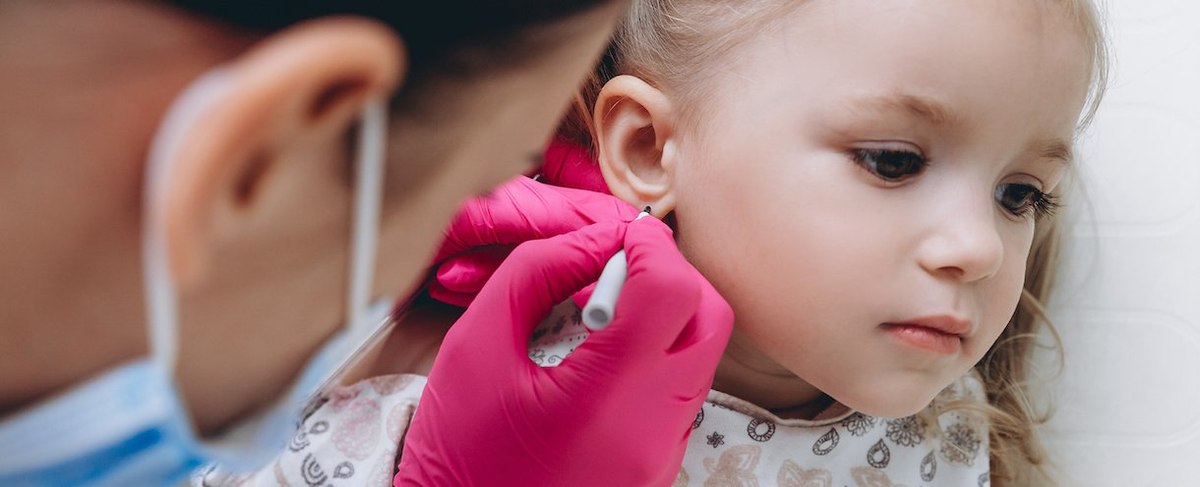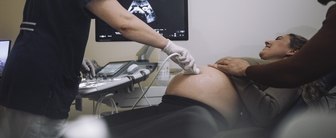Debates over the rights of transgender children have sparked broader conversations about medical interventions, children's consent, and gender conformity. To understand how Americans compare various procedures performed on babies, children, and teenagers, a recent YouGov poll asked 1,000 U.S. adult citizens to tell us their opinions on the acceptability of nine scenarios, four of which involve gender-affirming treatments for transgender children or teenagers. With the consent of children and/or their parents, all of the interventions asked about are currently legal in most U.S. states.
Procedures performed on babies without their explicit consent are seen as more acceptable than procedures performed with the consent of older children or teenagers (consent being implied in the question via the term "allowing"). The three scenarios most likely to be viewed as acceptable involve infants, including circumcising a baby boy (72% say this is always or usually acceptable, 15% say always or usually unacceptable), piercing the ears of a baby girl (56%, 30%), and performing surgery on an intersex infant to align their genitals with their assigned sex (35%, 32%). The latter of these two — ear piercing and intersex surgery — are also, notably, interventions that align a person's physical appearance with societal expectations regarding their assigned sex.
Gender-affirming treatments for transgender children and teenagers are less accepted. Around one in four say it's always or usually acceptable for transgender teens to receive each of the following: hormone therapy (28%), breast reduction surgery (27%), breast augmentation surgery (22%). The shares who say these are always or usually unacceptable are 53%, 54%, and 59%, respectively. And roughly the same — 61% — say it's unacceptable to allow a 12-year-old transgender child to take puberty blockers; 21% say it is acceptable.
It's possible that some opposition to gender-affirming treatments for transgender youth is rooted in a lack of awareness or bias regarding transgender children, though the intervention seen as acceptable by the fewest Americans among nine procedures polled about is not a transgender-specific one. The scenario of a teenage girl — described in the question neither as transgender nor as not — receiving breast augmentation surgery is seen as usually or always acceptable by just 16% of Americans, compared to 69% who say it is usually or always unacceptable. More see it as acceptable for a teenager to receive a surgical nose job (35% acceptable, 49% unacceptable), though the question did not specify whether the surgery was entirely cosmetic or medically necessary.
One possibility we considered was whether people's responses might vary based on the order in which the questions were asked. To test this, we embedded an experiment in the survey: Half of people were asked the transgender-specific treatment questions first and half were asked the non-transgender-specific questions first. No significant differences in opinion were found by the order in which these sets of questions were asked.
Related:
- How Americans feel about recent debates over transgender children and schools
- On issues relating to transgender youth, Democrats and Republicans are far apart
- Many Americans say they don’t have a very good understanding of what it means to be transgender
- How do Americans feel about recent proposals to limit classroom discussion on gender and sexuality?
- How often do Americans accidentally refer to babies by the wrong gender?
— Carl Bialik and Linley Sanders contributed to this article
See the results for this YouGov poll
Methodology: This poll was conducted online on January 25 - 29, 2023 among 1,000 U.S. adult citizens. Respondents were selected from YouGov’s opt-in panel using sample matching. A random sample (stratified by gender, age, race, education, geographic region, and voter registration) was selected from the 2019 American Community Survey. The sample was weighted according to gender, age, race, education, 2020 election turnout and presidential vote, baseline party identification, and current voter registration status. Demographic weighting targets come from the 2019 American Community Survey. Baseline party identification is the respondent’s most recent answer given prior to March 15, 2022, and is weighted to the estimated distribution at that time (33% Democratic, 28% Republican). The margin of error for the overall sample is approximately 3%.
Image: Adobe Stock (Ananass)














